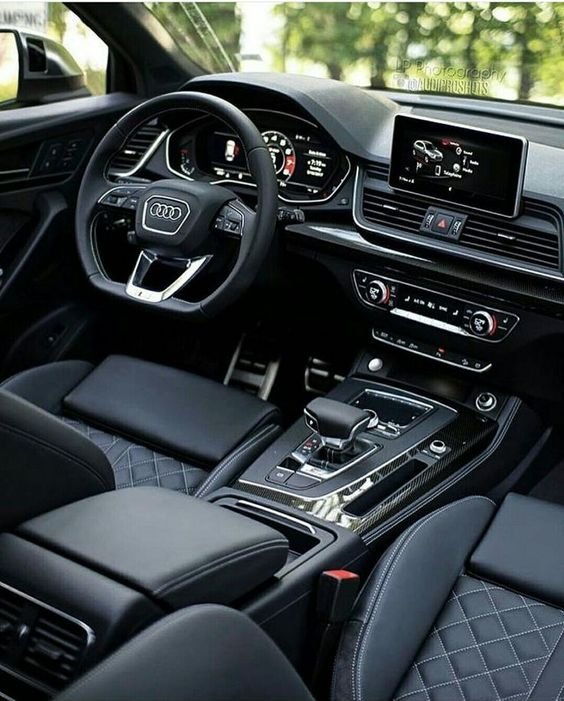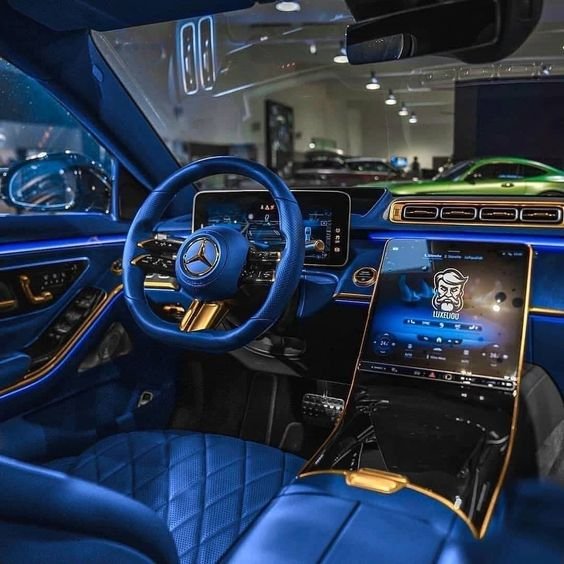
When it comes to financing a new car, two of the most common options are taking out a loan or leasing the vehicle. Each option has its advantages and disadvantages, and the right choice depends on your financial situation, driving habits, and long-term goals. In this article, we’ll explore the differences between loans and leasing, helping you make an informed decision about which financing method is best for you.
1. Understanding Car Loans
How Car Loans Work
A car loan is a financial agreement where a lender provides you with the money to purchase a vehicle, and you agree to repay that amount over time with interest. The loan is secured by the car itself, meaning if you fail to make payments, the lender can repossess the vehicle.
Pros of Car Loans
– Ownership: Once you’ve paid off the loan, the car is entirely yours. You can keep it for as long as you want, sell it, or trade it in for a new vehicle.
– No Mileage Restrictions: Unlike leasing, there are no restrictions on how many miles you can drive. This is a significant advantage if you drive long distances or have unpredictable driving needs.
– Customization: Since you own the car, you can customize it to your liking, whether that’s upgrading the stereo system, adding a spoiler, or changing the paint color.
Cons of Car Loans
– Higher Monthly Payments: Car loans typically come with higher monthly payments compared to leasing because you’re paying off the full value of the car.
– Depreciation: The moment you drive your new car off the lot, it begins to depreciate. If you decide to sell or trade in the car after a few years, its value will have significantly decreased.
– Long-Term Commitment: A car loan is usually a long-term commitment, often lasting between three to six years. During this time, you’re responsible for all maintenance and repair costs as the car ages.
2. Understanding Car Leasing
How Car Leasing Works
Leasing a car is similar to renting it for an extended period. You agree to make monthly payments to the leasing company, and in return, you get to drive the car for a set term, usually two to four years. At the end of the lease, you have the option to return the car, purchase it, or lease a new one.
Pros of Car Leasing
– Lower Monthly Payments: Leasing often comes with lower monthly payments compared to financing a car loan because you’re only paying for the car’s depreciation during the lease term, not its full value.
– Newer Cars More Often: Leasing allows you to drive a new car every few years, meaning you can always have the latest features and technology.
– Warranty Coverage: Since most lease terms are shorter than a car’s typical warranty period, you’re usually covered for most repairs and maintenance, reducing your out-of-pocket expenses.
Cons of Car Leasing
– No Ownership: At the end of the lease, you don’t own the car. You either return it or purchase it, often at a price higher than its market value.
– Mileage Limits: Leases come with mileage limits, typically ranging from 10,000 to 15,000 miles per year. If you exceed this limit, you’ll have to pay a per-mile penalty, which can add up quickly.
– Customization Restrictions: Since you don’t own the car, you can’t make significant modifications. If you do, you may have to pay to return the car to its original condition at the end of the lease.
3. Comparing the Costs: Loans vs. Leasing
Upfront Costs
When you take out a car loan, you may need to make a down payment, which can range from 10% to 20% of the car’s price. The larger your down payment, the lower your monthly payments will be. Leasing typically requires less money upfront, often just the first month’s payment, a security deposit, and any applicable fees.
Monthly Payments
Monthly payments on a car loan are generally higher than those for a lease. This is because loan payments cover the entire cost of the car, while lease payments only cover the depreciation during the lease term. However, with a loan, your payments will eventually end, and you’ll own the car outright. With leasing, you’ll always have a monthly payment if you continue leasing new cars.
End-of-Term Costs
At the end of a car loan, you own the vehicle and can continue driving it without any further payments, except for maintenance and repairs. At the end of a lease, you have several options: return the car, lease a new one, or purchase the leased car. If you return the car, you may face additional charges for excess wear and tear or mileage overages.
Long-Term Value
Owning a car through a loan allows you to build equity in the vehicle, which you can use as a trade-in or sell privately in the future. Leasing does not build equity, so at the end of the lease term, you have nothing to show for your payments unless you purchase the car.
4. Deciding Which Option Is Right for You
When to Choose a Car Loan
– You Plan to Keep the Car Long-Term: If you intend to keep the car for many years, a loan makes more sense. Once the loan is paid off, you’ll have no more monthly payments, and you can continue to drive the car without the pressure of a lease expiration.
– You Drive a Lot: If you drive more than the typical 10,000 to 15,000 miles per year, a loan is a better option, as you won’t have to worry about mileage limits and penalties.
– You Want to Customize Your Vehicle: If you enjoy customizing your car, a loan allows you to make any changes you desire without restrictions.
When to Choose a Lease
– You Like Driving New Cars: If you prefer having the latest technology and features, leasing allows you to drive a new car every few years without the hassle of selling or trading in your old one.
– You Want Lower Monthly Payments: If budget is a concern, leasing can offer lower monthly payments compared to a car loan, allowing you to drive a more expensive car than you could otherwise afford.
– You Don’t Drive Much: If you drive less than 10,000 to 15,000 miles per year, leasing can be a cost-effective option since you’re unlikely to exceed the mileage limits.
5. Other Financing Options
In addition to loans and leasing, there are other financing options to consider:
– Balloon Financing: This is a hybrid between a loan and a lease. You make low monthly payments like a lease, but at the end of the term, you must either pay off a large “balloon” payment to own the car or return the vehicle.
– Cash Purchase: If you have the means, paying for the car outright with cash is the most straightforward option. It avoids interest payments and gives you full ownership immediately.
Conclusion
Choosing between a car loan and leasing depends on your financial situation, driving habits, and personal preferences. A loan might be the right choice if you want to own your car, drive long distances, and customize your vehicle. On the other hand, leasing could be ideal if you prefer lower monthly payments, enjoy driving new cars frequently, and don’t mind adhering to mileage limits.
By carefully considering the pros and cons of each option, you can make an informed decision that aligns with your lifestyle and financial goals. Whether you choose to finance your car through a loan or lease, understanding your options will help you drive away with confidence.
ALSO READ: In-Car Infotainment Systems and Technologies







